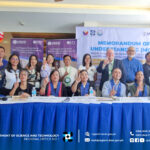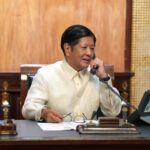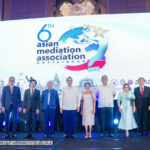Bangko Sentral ng Pilipinas (BSP) records show that the Philippines’ foreign direct investments (FDIs) inflow has risen anew to US$876 million in April this year.
The figure is higher than the US$548 million FDI net inflows last March but 14.1 percent lower than US$1 billion net inflows last year.
The bulk of the investments amounting to US$663 million are placements in debt instruments.
BSP records also show that during the same period, net equity other than reinvestment of earnings, amounted to US$136 million, down from US$206 million in 2022. Reinvestments of earnings also slipped year-on-year to US$77 million from US$95 million during the same period last year.
From January to April this year, net FDI inflows amounted to US$2.9 billion, an 18% contraction from the previous US$3.6 billion. Despite the drop, however, Rizal Commercial Banking Corporation (RCBC) chief economist Michael Ricafort remains optimistic about its rise in the coming months.
Ricafort attributes the month-on-month rise in net FDIs to easing concerns on the health of US’ banking system, which faced some issues after the bank failures last March, which saw the closure of regional banks of the Silicon Valley Bank (SBV), Signature Bank, and First Republic Bank.
Ricafort noted that the challenges were addressed after US regulators stepped in to prevent a contagion, which also limited the issues’ impact on the global environment.
“For the coming months, net FDIs could pick up further amid easing trend in inflation and in global commodity prices that reduce the cost of FDIs, as well as the eventual easing of interest rates especially into 2024 as expected by the markets,” he said.
The RCBC chief economist added that the continued reopening of economies, as well as the projected solid expansion of the domestic economy, are expected to attract more FDIs to the Philippines.
He said demographics, with a large working-age population, is also another advantage for the Philippines, along with the reopening of the Chinese economy, the world’s second largest economy and a major trading partner of the Philippines.
Ricafort likewise cited other factors that will attract more investments to the country, including the investment commitments generated by the various foreign trips of President Ferdinand R. Marcos Jr. and his economic team, and the inclusion of the Philippines in the world’s largest free trade agreement — the Regional Comprehensive Economic Partnership (RCEP).












